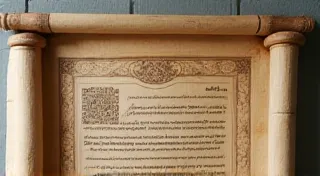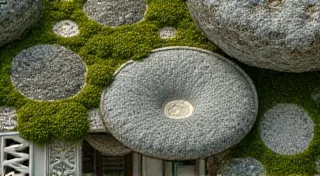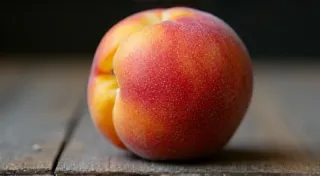Beyond Repair: Embracing the Potential of Ruined First Drafts
There's a particular scent I associate with possibility – the aged leather of an antique accordion case. It’s a smell compounded of dust, time, and the faint echoes of music long since played. I recently inherited my grandfather's accordion, a beautiful, if battered, Hohner Monarch. Its bellows are cracked, some of the keys stick, and a small piece of the decorative trim has broken off. It's a testament to a life lived, a melody unfinished, and a history worn beautifully on its surface. Looking at it, I thought about a parallel – the discarded first draft, the crumpled manuscript, the document deemed “unsalvageable” in the messy, often brutal process of creation. It struck me: aren’t these both examples of something broken, something that could easily be discarded, yet holding within them the potential for renewed beauty?
This is where the ancient Japanese art of Kintsugi comes to mind. Kintsugi, literally “golden joinery,” is more than just a method of repairing broken pottery; it’s a philosophy. When a ceramic vessel cracks or shatters, instead of disguising the damage, the Japanese artisan highlights it. The fractured edges are carefully mended with lacquer mixed with gold, silver, or platinum, turning the visible repair into a feature of exquisite beauty. The piece isn't just restored; it's transformed, its history etched into its very being. It’s a profound statement: imperfection isn’t a weakness; it’s a source of strength, character, and unique value.
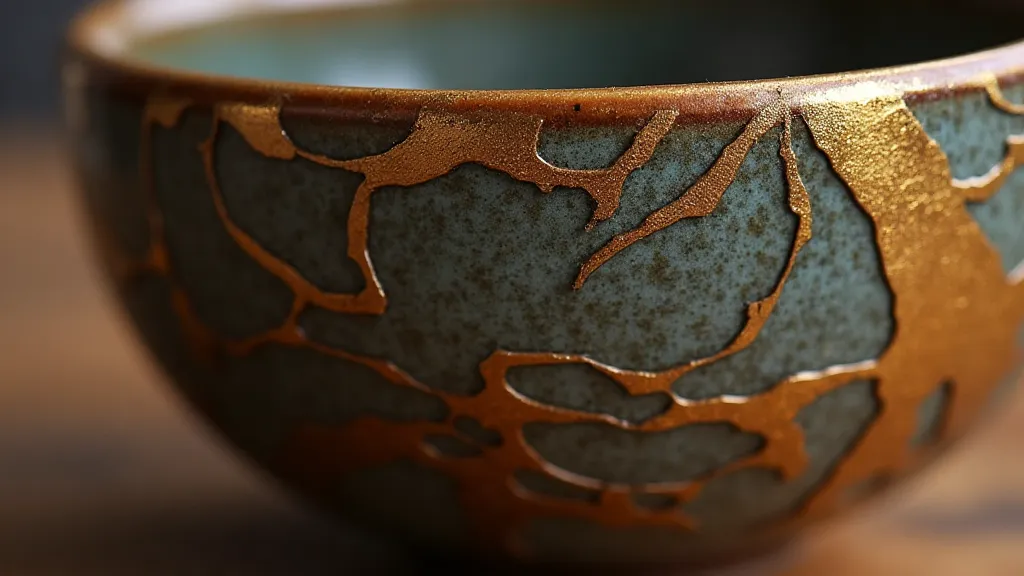
The History of Imperfection: Kintsugi and Japanese Aesthetics
The origins of Kintsugi are somewhat shrouded in legend. One popular story recounts that in the 15th century, a Japanese shogun, Ashikaga Yoshimasa, broke his favorite Chinese tea bowl and sent it back to China for repair. Dissatisfied with the crude, invisible mending he received, he asked Japanese artisans to devise a more beautiful and honest solution. From that need, Kintsugi was born. However, the philosophy underpinning Kintsugi is rooted much deeper in Japanese aesthetics. Wabi-sabi, a worldview centered on the acceptance of transience and imperfection, is central to understanding the significance of Kintsugi. It’s a rejection of the Western ideal of flawless perfection, and a celebration of the beauty found in aging, wear, and the inevitable changes that time brings.
This isn't about being careless. It's about understanding that true beauty isn't about being untouched; it’s about having a story to tell. Just as the cracks in an antique accordion tell a tale of countless performances, of traveling musicians, and of countless hours of practice, the golden seams in a Kintsugi bowl whisper of a past filled with fragility, resilience, and ultimate renewal.
From Broken Ceramics to Discarded Drafts
Think about the feeling of staring at a document you’re sure is “dead.” The words feel wrong, the plot is convoluted, the characters lifeless. You’re tempted to delete it, to start completely fresh. And sometimes, that’s the right choice. But what if, instead of deleting, you approached that “broken” document with the spirit of Kintsugi?
That discarded draft might seem irreparably flawed, but it’s also a rich source of raw material. Those awkward sentences, those convoluted plotlines – they are not failures; they are clues. They point to areas where your thinking needs further exploration, where your understanding of the story needs deepening. The “cracks” in your writing aren't weaknesses; they're opportunities. They are invitations to rewrite, to reimagine, to excavate the gold within the discarded fragments.
My grandfather’s accordion had a broken reed. He attempted to replace it himself once, but the repair was imperfect, resulting in a slightly off-key note. Instead of discarding the accordion, he simply accepted it. That slightly dissonant note became a signature of his playing, a quirky charm that endeared him to his audiences. Similarly, the “imperfect” sentence, the slightly clumsy phrase—these can become the very elements that give your writing its unique voice, its character, its humanity.
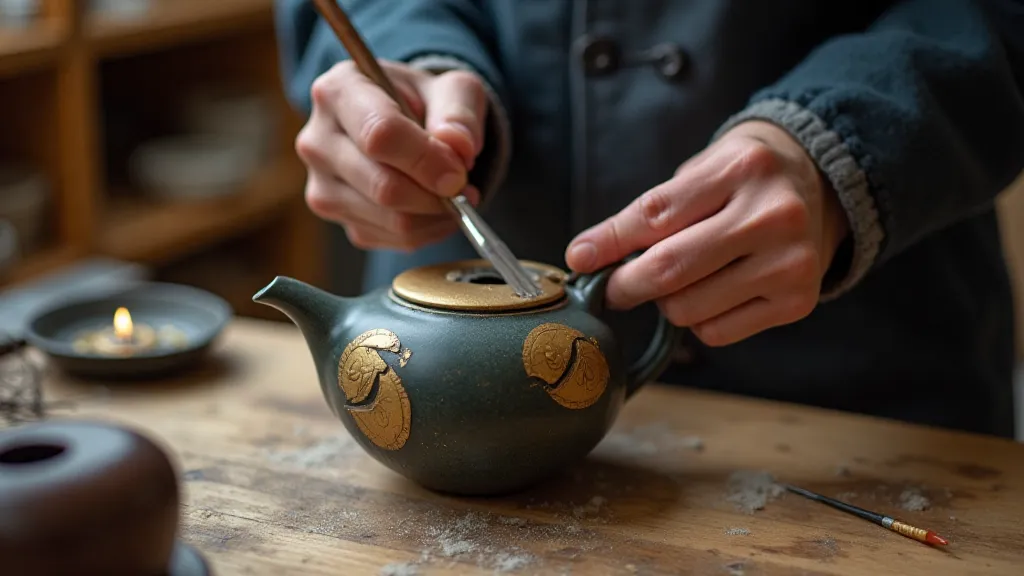
The Craftsmanship of Renewal: Lessons for Writers
The process of Kintsugi is painstaking. It requires a deep understanding of the materials, a steady hand, and a patient spirit. It’s not about rushing through the repair; it’s about honoring the history of the broken object. Similarly, the process of revising a “broken” draft requires a similar level of care and attention.
Here are a few principles drawn from Kintsugi that can be applied to your writing:
- Embrace the Imperfection: Don’t strive for unattainable perfection. Allow your writing to be messy, experimental, and imperfect.
- Identify the "Cracks": Objectively assess your draft. What are the weak points? Where does the story falter?
- Reimagine the Fragments: Don't discard those "flawed" passages. Instead, explore how they can be reworked, repurposed, or integrated into a stronger whole.
- Highlight the Process: Your writing journey is not about the final product; it’s about the learning and growth that happens along the way. Embrace the struggles, the revisions, the discarded drafts—they are all part of the story.
My grandfather wasn’s a professional musician. He played the accordion for his own enjoyment, for the simple pleasure of making music. He didn’t strive for perfection; he simply played, embracing the quirks and imperfections of his instrument. And in doing so, he created something truly beautiful – a melody filled with character, a performance filled with heart.
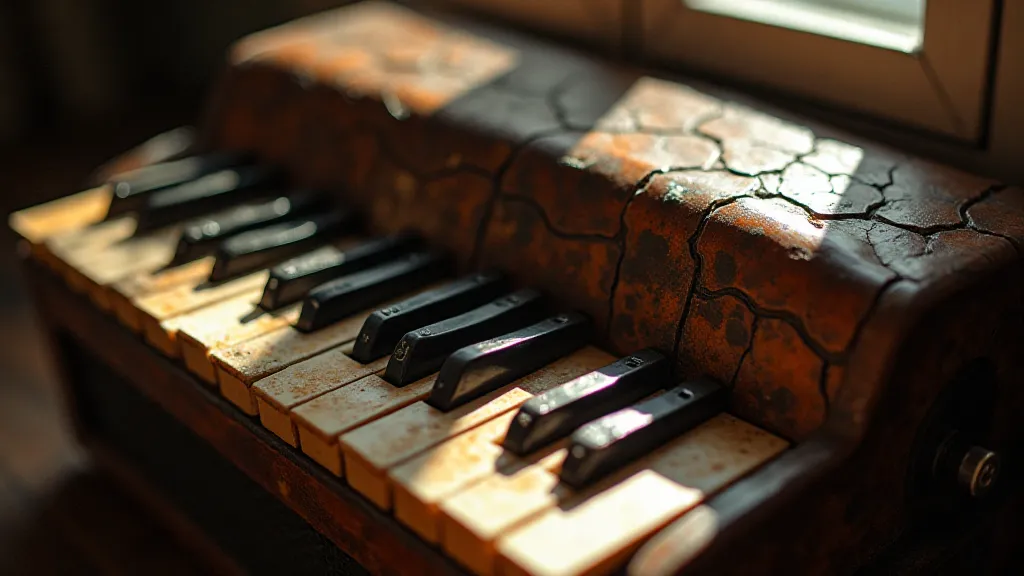
Finding the Gold Within
The philosophy of Kintsugi isn’t just about repairing broken objects; it’s about cultivating a deeper appreciation for the beauty of imperfection, the power of resilience, and the transformative potential of embracing our flaws. It's a reminder that even in our most broken moments, we have the capacity to find the gold within, to transform our struggles into sources of strength, and to create something truly beautiful and meaningful.
So, the next time you encounter a “broken” draft, remember the spirit of Kintsugi. Don’t discard it. Embrace it. Find the gold within. Because it’s in those cracks, in those imperfections, that the true beauty of your writing – and your story – lies.

